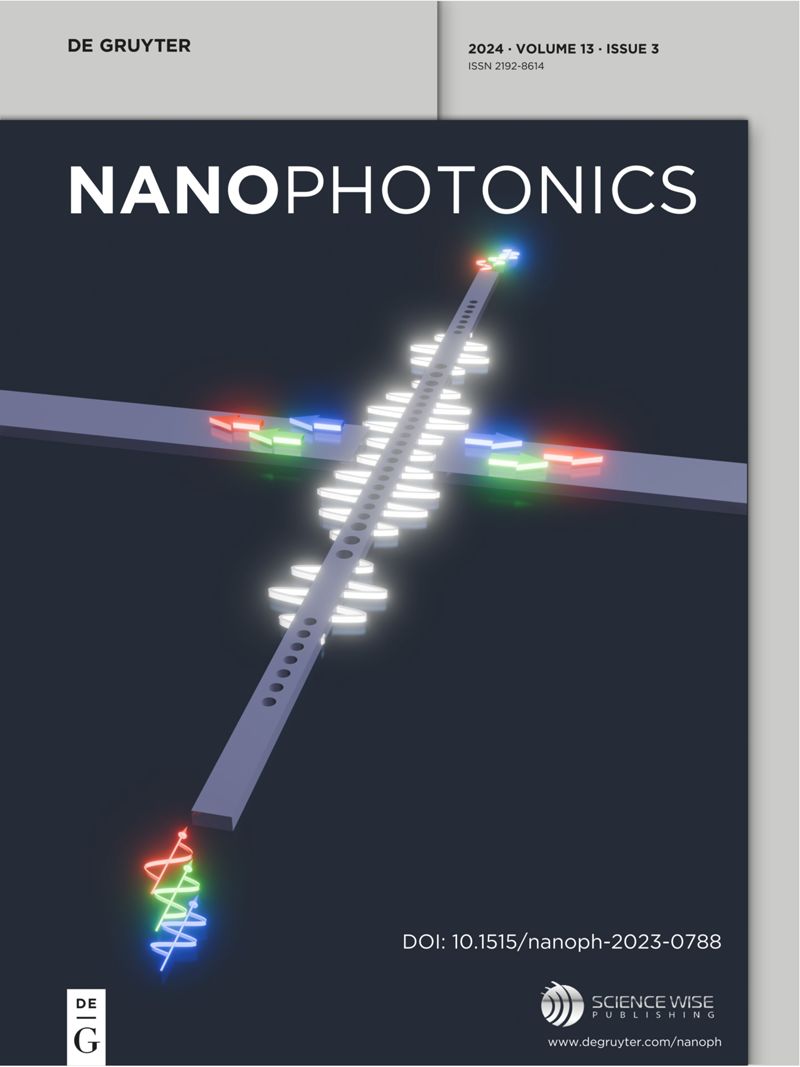Exceptional points in a passive strip waveguide
IF 6.5
2区 物理与天体物理
Q1 MATERIALS SCIENCE, MULTIDISCIPLINARY
引用次数: 0
Abstract
Exceptional points (EPs) in non-Hermitian systems have attracted significant interest due to their unique behaviors, including novel wave propagation and radiation. While EPs have been explored in various photonic systems, their integration into standard photonic platforms can expand their applicability to broader technological domains. In this work, we propose and experimentally demonstrate EPs in an integrated photonic strip waveguide configuration, exhibiting unique deep wave penetration and uniform-intensity radiation profiles. By introducing the second-order grating on one side of the waveguide, forward and backward propagating modes are coupled both directly through second-order coupling and indirectly through first-order coupling via a radiative intermediate mode. To describe the EP behavior in a strip configuration, we introduce modified coupled-mode equations that account for both transverse and longitudinal components. These coupled-mode formulas reveal the formation of EPs in bandgap closure, achieved by numerically optimizing the grating’s duty cycle to manipulate the first- and second-order couplings simultaneously. Experimental observations, consistent with simulations, confirm the EP behavior, with symmetric transmission spectra and constant radiation profiles at the EP wavelength, in contrast to conventional exponential decay observed at detuned wavelengths. These results demonstrate the realization of EPs in a widely applicable strip waveguide configuration, paving the way for advanced EP applications in nonlinear and ultrafast photonics, as well as advanced sensing technologies.求助全文
约1分钟内获得全文
求助全文
来源期刊

Nanophotonics
NANOSCIENCE & NANOTECHNOLOGY-MATERIALS SCIENCE, MULTIDISCIPLINARY
CiteScore
13.50
自引率
6.70%
发文量
358
审稿时长
7 weeks
期刊介绍:
Nanophotonics, published in collaboration with Sciencewise, is a prestigious journal that showcases recent international research results, notable advancements in the field, and innovative applications. It is regarded as one of the leading publications in the realm of nanophotonics and encompasses a range of article types including research articles, selectively invited reviews, letters, and perspectives.
The journal specifically delves into the study of photon interaction with nano-structures, such as carbon nano-tubes, nano metal particles, nano crystals, semiconductor nano dots, photonic crystals, tissue, and DNA. It offers comprehensive coverage of the most up-to-date discoveries, making it an essential resource for physicists, engineers, and material scientists.
 求助内容:
求助内容: 应助结果提醒方式:
应助结果提醒方式:


